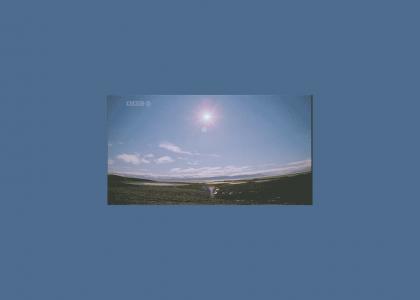24 Hours of Sunlight
Created on: January 7th, 2008

None ( ._.)
Sponsorships:
| user | amount | user | amount |
|---|---|---|---|
| No one has sponsored this site ( ._.) | |||
| Sponsor this site! | Total: $0.00 | Active: $0.00 | |
Vote metrics:
| rating | total votes | favorites | comments |
|---|---|---|---|
| (4.5) | 997 | 219 | 203 |
View metrics:
| today | yesterday | this week | this month | all time |
|---|---|---|---|---|
| 0 | 0 | 0 | 0 | 79,307 |
Inbound links:
| views | url |
|---|---|
| 132 | http://search.daum.net/ |
| 49 | https://www.bing.com |
| 35 | http://www.stumbleupon.com/refer?new=1 |
| 27 | https://www.facebook.com/ |
| 23 | http://www.stumbleupon.com/ |
Heh. Let alone the fact that even if it were true, scientists here would have no way of knowing if Betelgeuse had gone supernova or predicting when the "light would hit," since astronomy is a science based entirely on the observation of light. If we can't see it, we don't know it's there. That being said, I'd say "it was a joke," but I always forget that the internet is serious business and my comments here will probably just get downvoted anyway. Hehe.
If you are in the artic (north of line 66 N), you will get a full 24-hours of sunlight at least once per year. Given that the sun is still perceptably moving, and that there is green sh*t around, it's probably near the southern extremity of that area. Alaska, Canada, Northern Scandinavia, or Siberia.
Bold
Italic
Underline
Code
User Link
Site Link